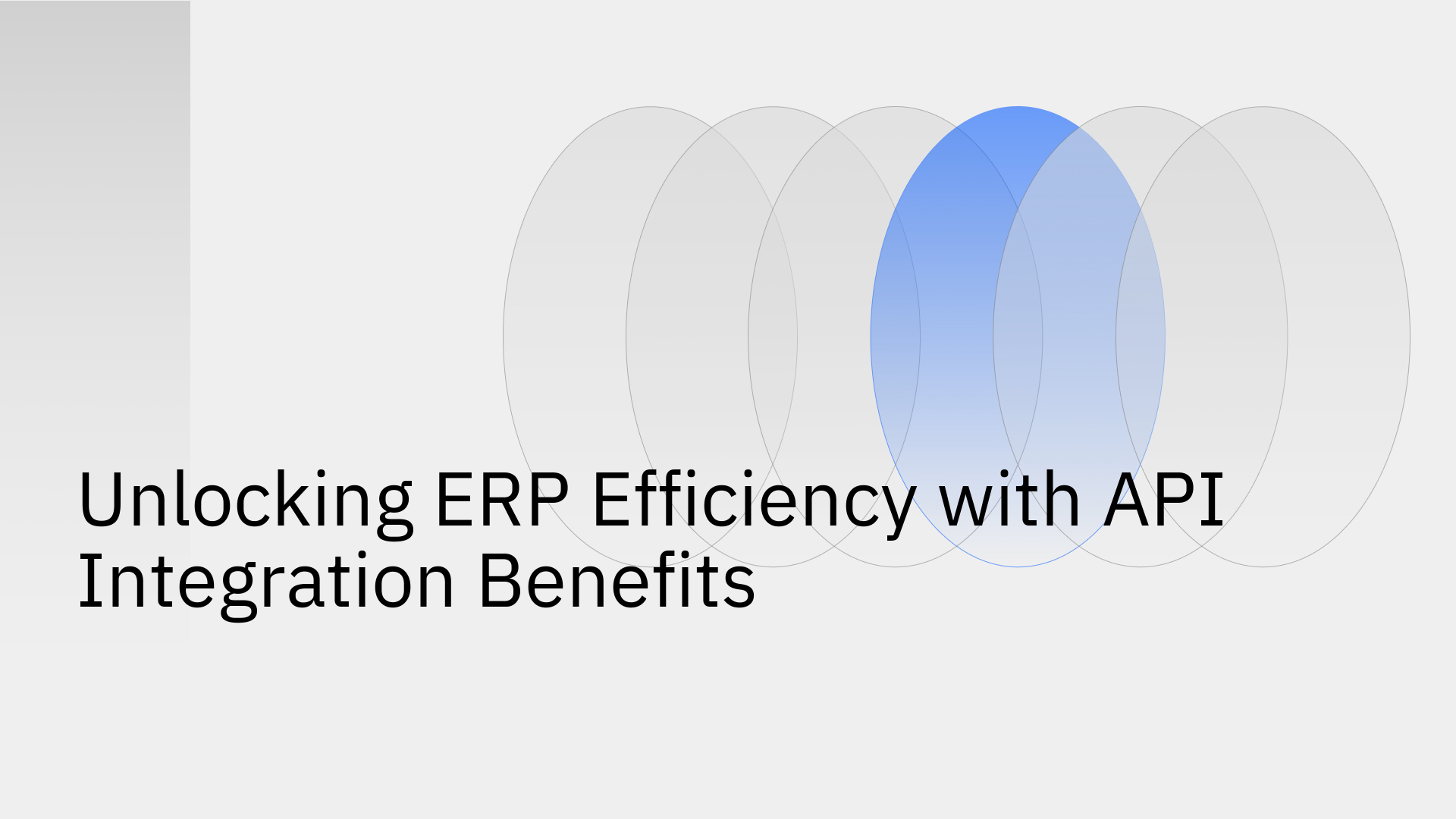
The disconnect between an organization's Enterprise Resource Planning (ERP) system and its Customer Relationship Management (CRM) platform is a persistent source of operational inefficiency. For companies leveraging NetSuite as their financial and operational core and Salesforce as their customer-facing engine, this data divide creates significant friction. Sales teams lack real-time visibility into order status and financials, while finance teams struggle with manual data reconciliation from sales activities. This technical problem results in delayed processes, data integrity issues, and impaired decision-making across the business.
While Application Programming Interfaces (APIs) provide the fundamental endpoints for communication, they are not a complete solution. A robust, reliable integration strategy is essential to bridge the gap. Integrating NetSuite and Salesforce via their respective APIs is critical for creating a cohesive, automated operational workflow.
An API (Application Programming Interface) serves as a contract that defines how different software components should interact. It specifies the protocols, data formats, and routines for requesting and exchanging information, acting as a messenger between applications without exposing their internal complexity.
An ERP (Enterprise Resource Planning) system, such as NetSuite, is the central nervous system for a business. It integrates and manages core business processes, including finance, supply chain, manufacturing, services, and human resources. ERPs provide a single database to house this critical operational data. For example, when a sales order is processed, the ERP updates inventory levels, generates financial entries, and coordinates fulfillment logistics, ensuring all related business functions are synchronized.
Despite the clear need for integration, achieving a seamless data flow between NetSuite and Salesforce is fraught with technical challenges. Many organizations attempt to solve this with methods that introduce complexity, unreliability, and high maintenance overhead.
The failure rate for ERP-related projects can be significant, often due to the complexities of integrating the ERP with other critical systems. The most common approaches to a NetSuite Salesforce integration each present significant drawbacks:
These challenges lead to data mismatches, process bottlenecks, and a lack of trust in the data, defeating the purpose of the integration itself.
APIs provide the access points, but a specialized platform is required to manage the integration intelligently. This is where Stacksync excels. Stacksync is not a generic iPaaS; it is a purpose-built data synchronization platform engineered specifically for real-time, bi-directional sync between operational systems like NetSuite and Salesforce.
Stacksync directly addresses the technical failures of traditional methods by providing a managed, no-code solution that guarantees data consistency. The platform is designed to handle the complexities of a NetSuite Salesforce integration out of the box, featuring:
By abstracting away the complexity of custom code and the limitations of generic tools, Stacksync empowers organizations to deploy a robust, enterprise-grade integration in minutes, not months.
Integrating NetSuite and Salesforce with a purpose-built platform like Stacksync delivers transformative technical and operational benefits.
Automating data flow eliminates manual data entry, which is a primary source of human error. Stacksync ensures that when a record is updated in Salesforce, the corresponding record in NetSuite reflects that change instantly, and vice versa. This creates a single source of truth, allowing teams to make critical business decisions with confidence in their data [1].
With real-time synchronization, latency is eliminated. Sales teams gain immediate access to financial data from NetSuite, such as invoice statuses and payment history, directly within their Salesforce environment [2]. This empowers them to answer customer inquiries faster and more accurately. This unified data creates a 360° customer profile, enabling support teams to resolve issues more efficiently and improve overall customer satisfaction [3].
Automation of cross-departmental workflows drives significant efficiency gains. For example, when a sales opportunity is marked "Closed-Won" in Salesforce, Stacksync can automatically trigger the creation of a sales order or invoice in NetSuite. This accelerates the entire quote-to-cash cycle, reduces manual handoffs, and frees up both sales and finance teams to focus on strategic, high-value activities [4].
An integration is not a one-time setup; it must be maintained and scaled. Stacksync is engineered for long-term reliability and growth.
Instead of requiring teams to build their own monitoring and alerting systems, Stacksync provides this functionality automatically. The platform continuously monitors sync performance, tracks metrics like latency and error rates, and includes built-in retry logic to handle transient API issues. This ensures the integration remains robust and reliable without ongoing developer intervention.
Stacksync is architected to scale. As your data volume and transaction frequency increase, the platform automatically manages the load, respecting API rate limits and preventing performance bottlenecks. This allows your integration to grow seamlessly with your business, without requiring costly re-architecture.
Security is paramount when handling sensitive financial and customer data. Stacksync is SOC2 compliant and adheres to enterprise-grade security protocols, ensuring your data is always protected. For troubleshooting, the platform provides clear logs and diagnostics, making it simple to identify and resolve any issues related to data mapping or validation rules.
The combination of NetSuite and Salesforce offers immense potential, but only when the data silos between them are eliminated. While APIs are the enablers, they are insufficient on their own. Traditional integration methods like custom code and generic iPaaS platforms introduce unacceptable levels of complexity, cost, and unreliability.
A purpose-built data synchronization platform like Stacksync is the definitive solution for a successful NetSuite Salesforce integration. By providing a reliable, scalable, and no-code platform for true bi-directional sync, Stacksync empowers organizations to achieve guaranteed data consistency, enhance operational efficiency, and unlock the full strategic value of their core business systems.